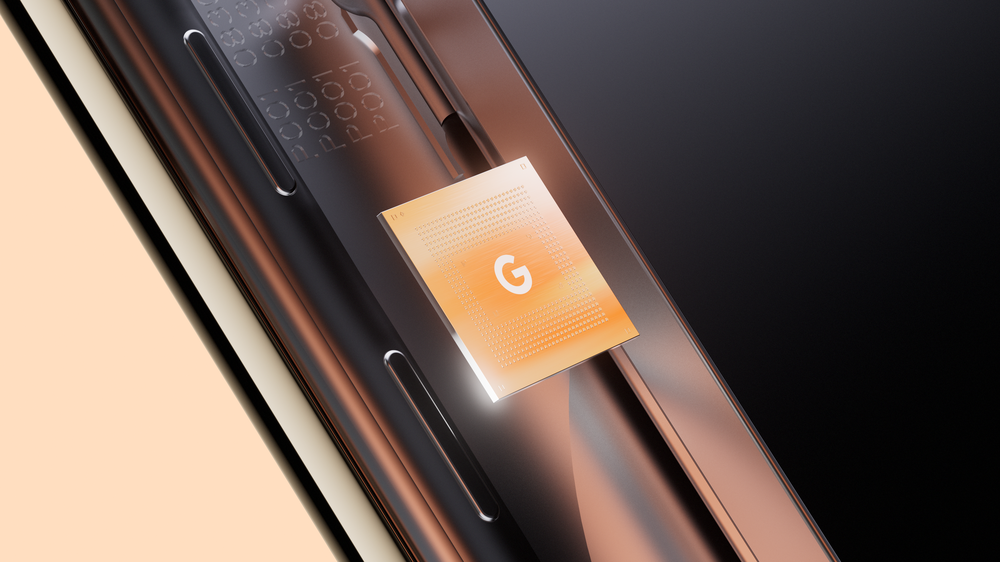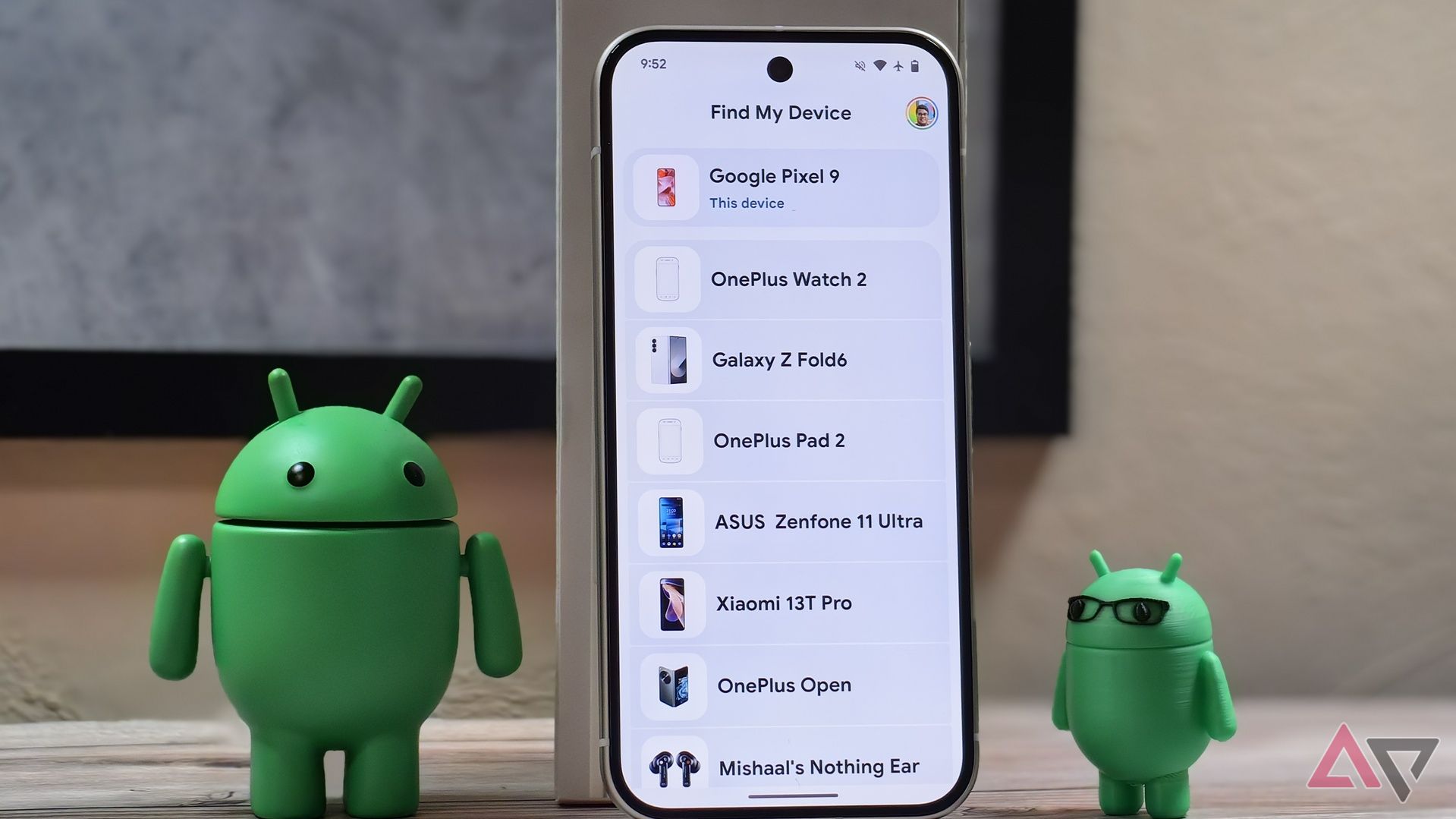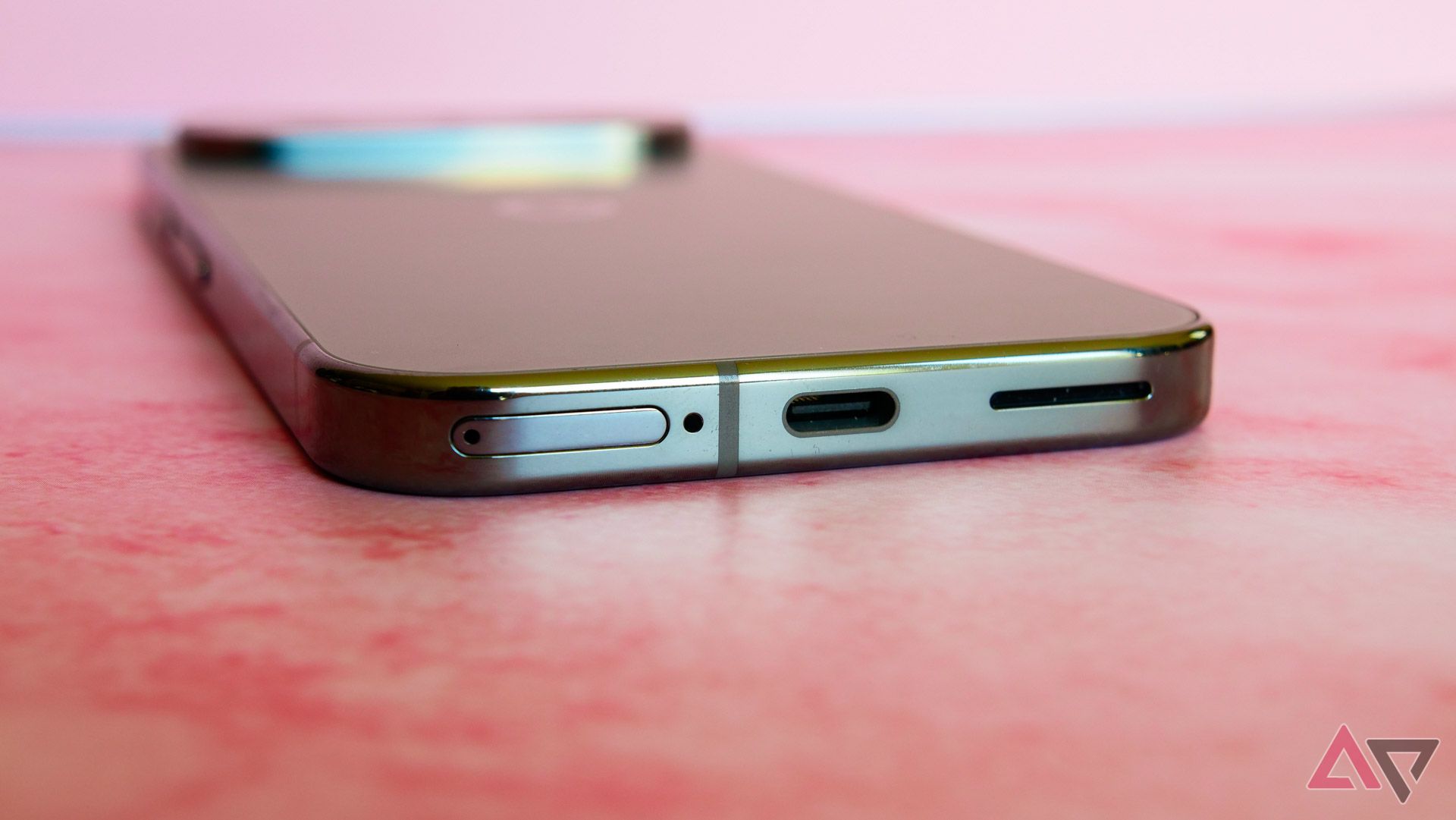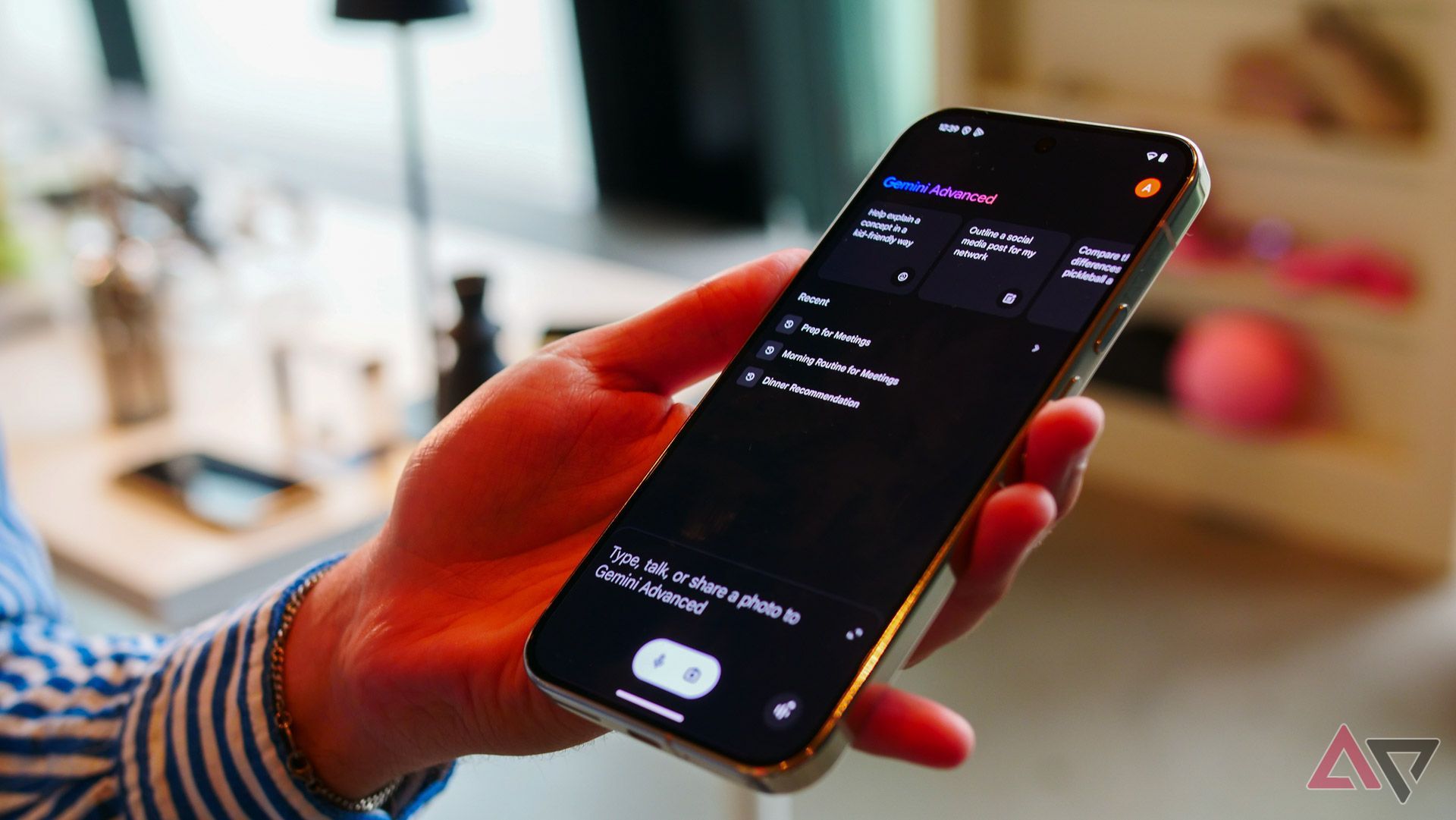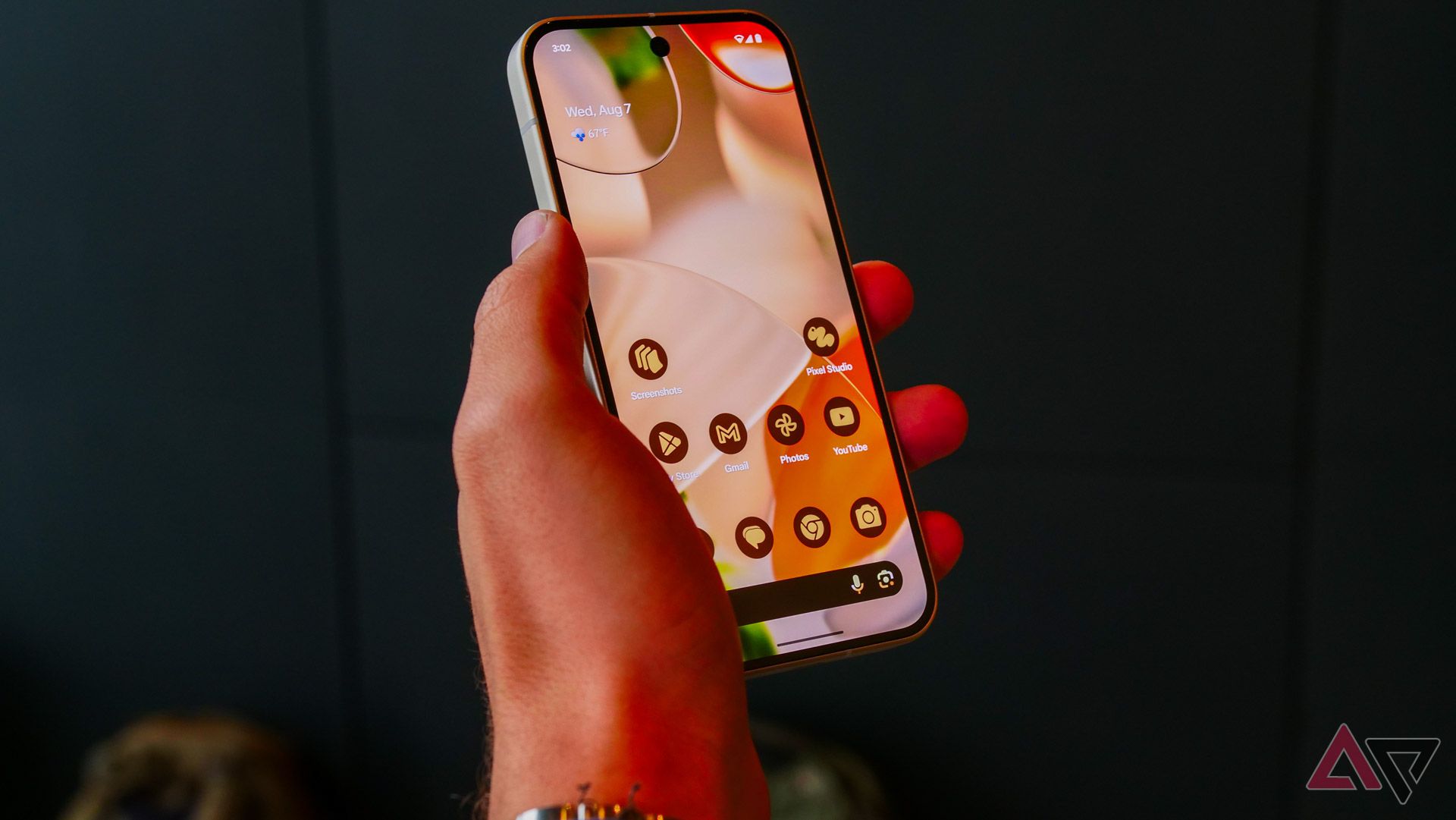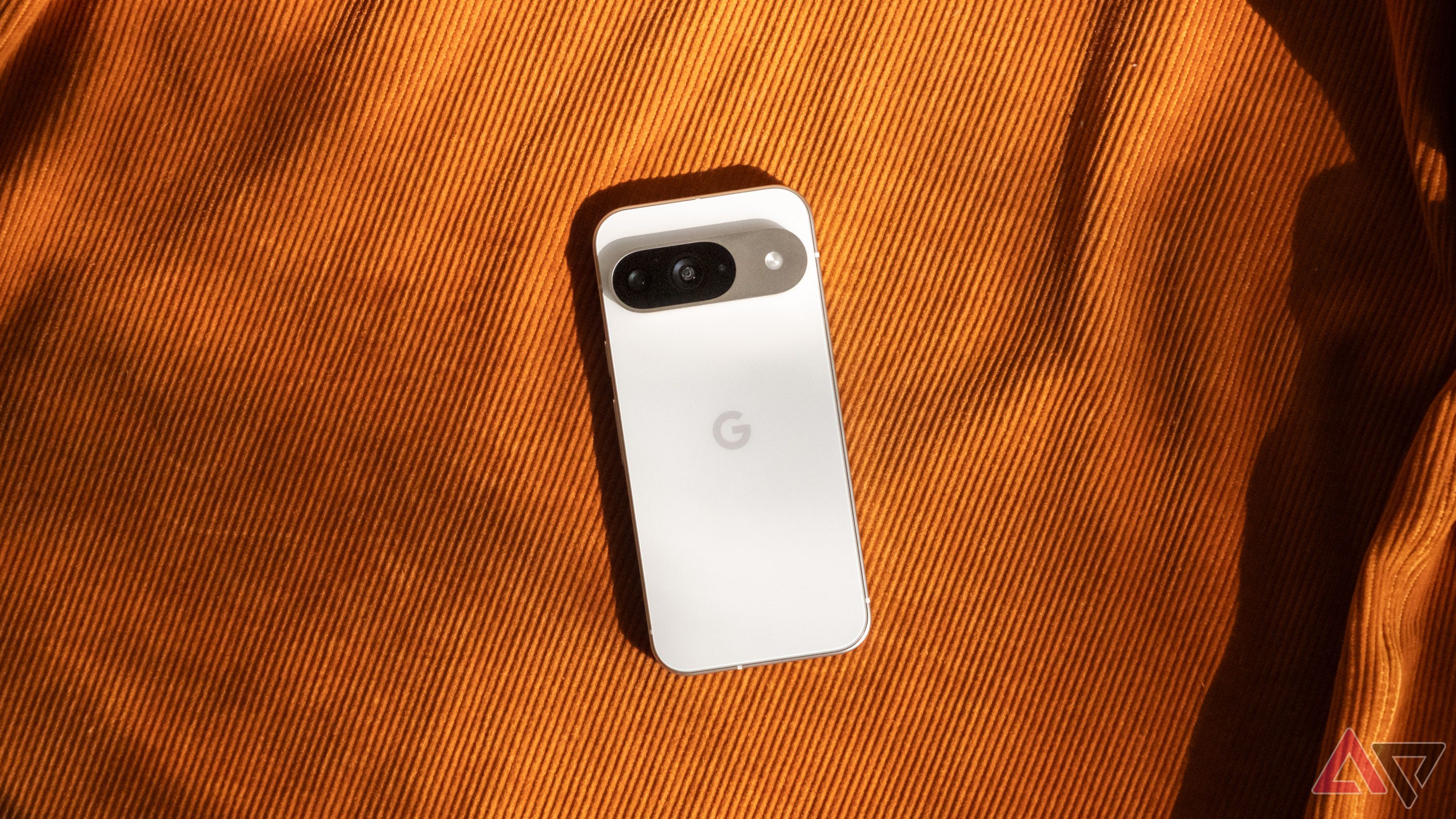Tech
6 ways Google did a better job with the Pixel 9 than Apple did with its iPhone lineup
Google’s answer to the latest Apple iPhone and Samsung Galaxy devices went live at the company’s Made by Google event. Looking at the Google Pixel 9 series’ new design language with flat edges, aggressive rounded corners, naming scheme, and pricing strategy, shows the search giant takes inspiration from its Cupertino-based rival. When comparing the standard model with the expensive Google Pixel 9 Pro, Google isn’t as aggressive as Apple and delivers a better deal for budget-conscious buyers.
Read our review
Review: The Google Pixel 9 makes me question if I need to go Pro
The Pixel 9 has everything most people want from a phone
1 Same CPU as the Pro models
Powered by the same Tensor G4 as the Pro models
Source: Google
Not long ago, Apple offered the same CPU across the entire iPhone lineup. However, things changed for the worse with the iPhone 12 lineup, where Apple offered the A14 Bionic chip on the iPhone 12 Pro but continued with the previous year’s A13 CPU on the standard iPhone 12. Since then, Apple has followed the same pattern by using different CPUs on standard and Pro models.
Samsung follows a similar approach by packing an Exynos CPU on standard S-series phones (in some regions) and a slightly superior Snapdragon chip on Ultra models.
Unlike Apple and Samsung, Google doesn’t show partiality between standard and Pro models. Whether you pay $800 or $1,000, Google’s flagship Tensor G4 runs the show. This approach is advantageous for device longevity and guarantees new software updates operate smoothly without lagging.
2 A 120Hz panel
No compromise in display smoothness
Until the release of the Pixel 7 series, Google equipped the base Pixel model with a 90Hz display. With the introduction of the Pixel 8, Google unified the lineup by offering a 120Hz refresh rate on all Pixel models. Despite some disparities in display characteristics like brightness, PPI, and resolution between the standard and Pro versions, the difference is subtle enough that you may not discern it, thanks to the 120Hz refresh rate now present on the entry-level models.
In comparison, Apple offers a 60Hz panel on the standard iPhone models. Looking at the recent leaks, it appears this will persist with the upcoming iPhone 16.
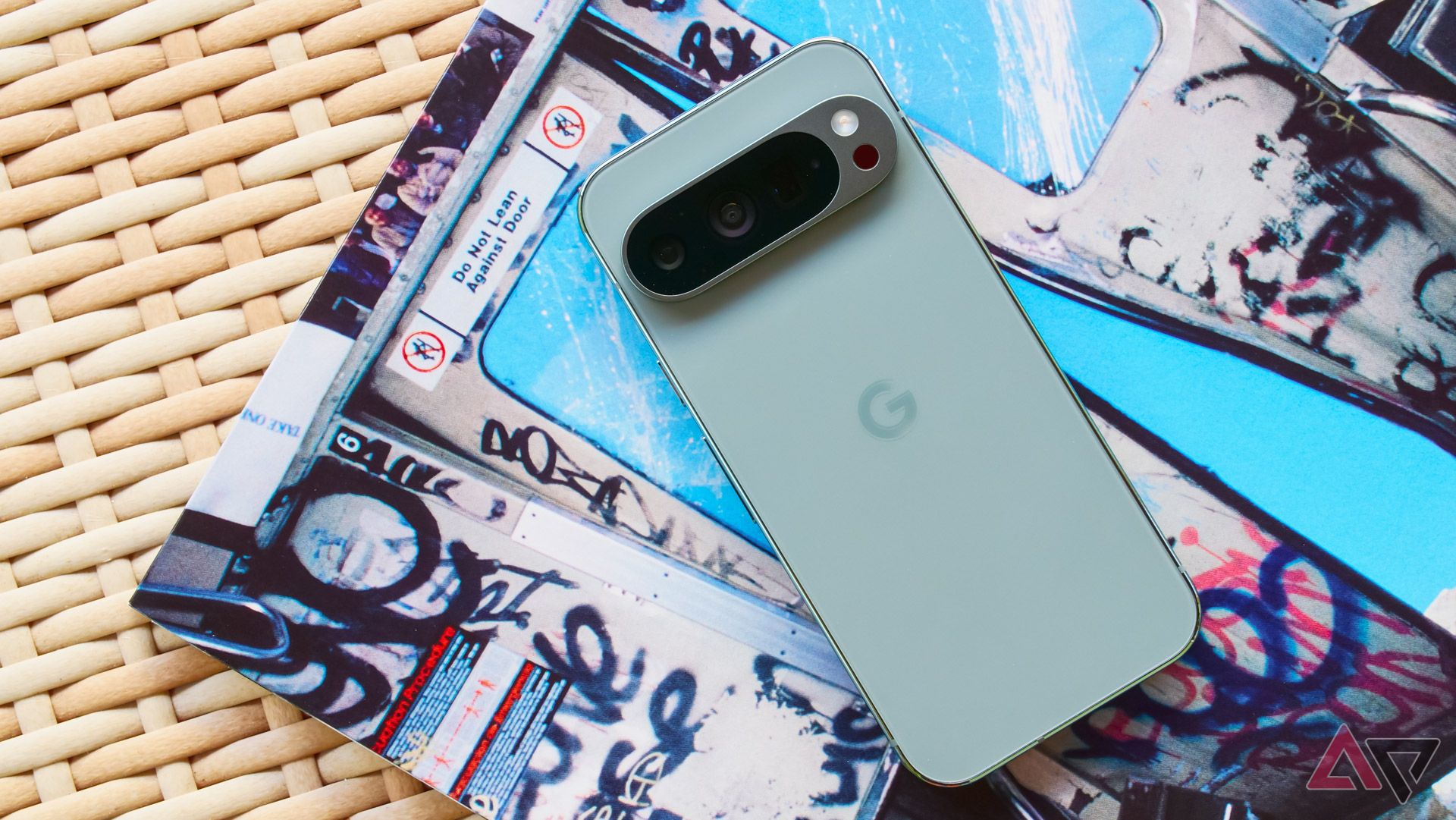
Related
Review: The Pixel 9 Pro is Google’s Goldilocks flagship
Not too big, not too small; just right
3 Construction materials
Different finishing, but the same aluminum material
Since the launch of the iPhone X, Apple has consistently differentiated the frame materials between standard and Pro models. The economical iPhone versions received aluminum frames. The high-end models are constructed with stainless steel and, recently, titanium with the iPhone 15 Pro. Samsung followed the same trend with the S24 series.
While Google chose different finishes (satin for the Pixel 9 and polished for the Pixel 9 Pro), the same aluminum metal frame is used for both models.
4 USB-C port
High-speed USB-C 3.2 on the entire lineup
When Apple switched from Lightening to a USB-C port on the iPhone 15, the company opted for a slower (up to 480Mb/s) USB 2.0 port on the standard models compared to USB 3.0 (up to 10Gb/s) on the Pro models. While the difference may not affect most users’ workflow, it’s evident for professionals who deal with large files frequently.
Google doesn’t bottleneck its standard models with such tactics. You get the same high-speed USB-C 3.2 port across the board.
5 AI features
Access all Gemini AI features on the cheapest Pixel 9
Link Image
Given the uniform integration of the Tensor G4 chip, Pixel 9 users have access to the same Gemini and additional AI capabilities (apart from certain camera functions such as Video Boost, Super Res Zoom Video, and Zoom Enhance).
On the other hand, because of the older A16 CPU, the newly introduced Apple Intelligence (AI) features will not be available for the iPhone 15 and iPhone 15 Plus. Only the iPhone 15 Pro gets AI features and a revamped Siri experience with ChatGPT integration.
6 Primary camera system
The main camera and ultra-wide sensor remain the same
Although the vanilla Pixel 9 skips on a telephoto lens, the main camera and ultra-wide lens remain identical to the Pixel 9 Pro models. The resolution, aperture, field of view, and image sensor size stay the same.
Conversely, there are subtle distinctions in the camera systems between the regular and Pro models of the iPhone. The ultra-wide lens on the iPhone 15 features an f/2.4 aperture, while the iPhone Pro boasts a slightly superior f/2.2 aperture. Only the higher-end models come with Apple’s second-generation sensor-shift optical image stabilization. Moreover, unlike the iPhone 15 Pro, the ability to switch between focal lengths (24mm, 28mm, and 35mm) is not available on the standard editions.
Get a flagship experience on a budget
Apple does a barebones job with the standard iPhone model, pushing buyers towards pricey Pro models. To some extent, Samsung does the same with their S-series. However, Google takes a different approach with the Pixel 9, offering an experience comparable to its Pro counterpart. Our review of the Pixel 9 made us reconsider whether paying an additional $200 for the Pro version is necessary.
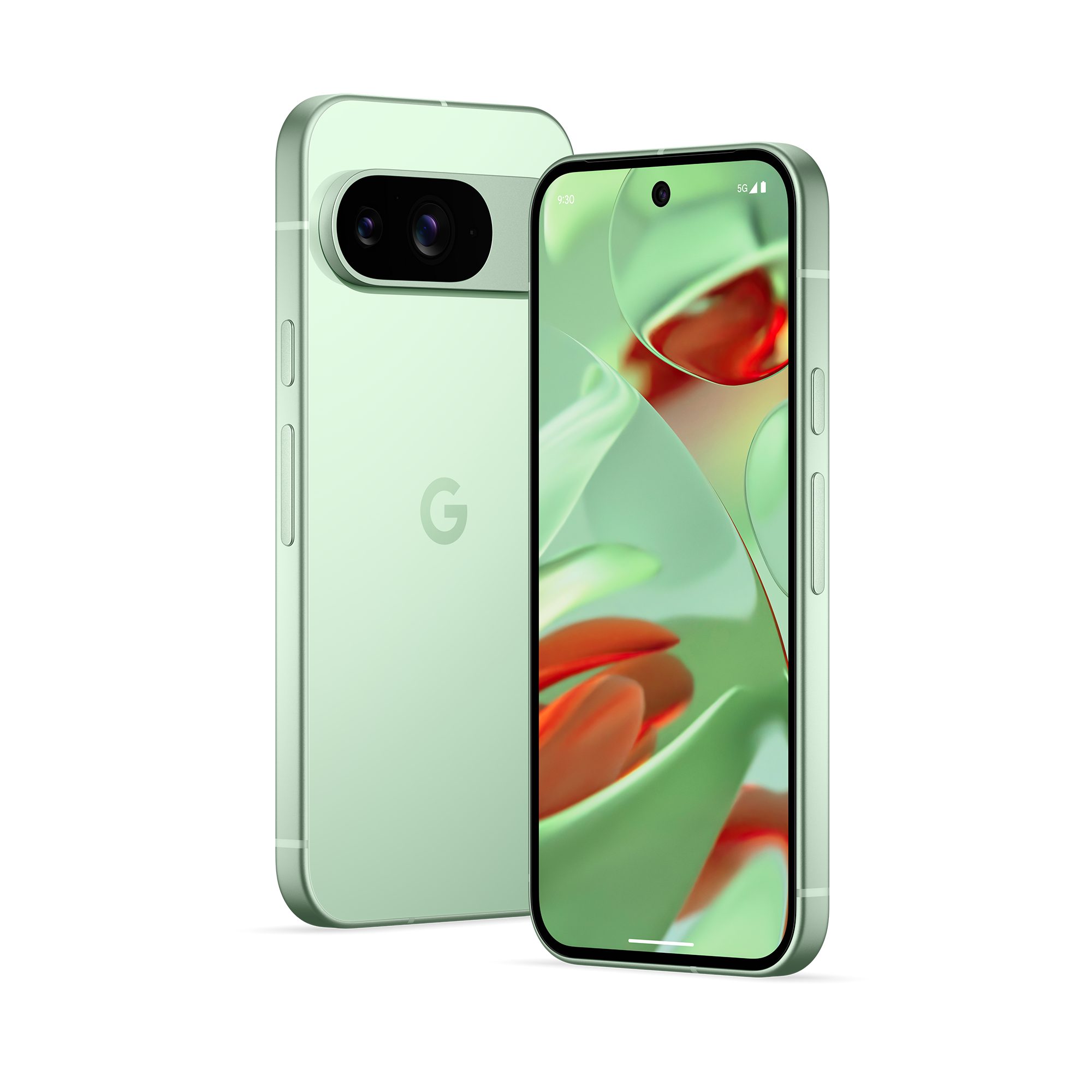
Google Pixel 9
The Pixel 9 is Google’s most affordable 2024 flagship, making a few compromises when compared to the Pixel 9 Pro and Pro XL while retaining the Google smarts the lineup has become known for. An upgraded 48MP ultra-wide camera is paired with a 50MP main shooter, and the selfie cam added autofocus. All of this comes with new Gemini AI features and a 2,700-nit Actua display for exceptional value at its price point.

